Blurring Reality: Exploring the Fragile Boundaries of False Memory Through AI Art
Hello everyone! I'm David Miller, and I'd like to share a bit about my latest exploration in AI art, which dives deep into the concept of false memory. It's a theme that's fascinated me for a while now—the idea that we can hold onto vivid, emotional memories of events that never really happened. There's something so human in that paradox, where imagination and reality blend until it's hard to tell where one ends and the other begins.
I use AI to visualize these blurred lines between memory and fabrication in my latest collection. I've always been intrigued by those uncertain recollections from childhood and adolescence—those that feel real yet tinged with doubt. Maybe you remember an awkward moment from grade school but can't pinpoint if it happened how you recall. Or perhaps there's a memory that feels vivid and true, but when you think about it, you wonder if your mind invented it over time. That's the space I'm working within—where memory is as much a product of imagination as lived experience.
What interests me is how art can convey that ambiguity. Through AI-generated imagery, I can push the boundaries of visual storytelling in emotionally charged and conceptually layered ways. I aim to create pieces that feel like stepping into a dream—a place where reality feels just slightly out of focus, colours are too intense, and forms seem familiar yet strangely distorted. It's a visual metaphor for how our minds embellish and twist our memories, turning them into something half-real, half-illusion.
Looking at my work, you see landscapes that don't quite make sense or faces distorted enough to feel unsettling. These elements are deliberate—meant to evoke that uneasy feeling of questioning your memories. Are these images reflections of something real, or are they figments of imagination constructed from fragments of unrelated moments? That's the question I want viewers to sit with.
What's particularly exciting is how AI allows me to merge the personal with the collective. My work often blends snippets from my own history with more universal, culturally resonant symbols. The neural networks I use are like collaborators—they take my input and generate something new, often unexpected, that challenges even my ideas of memory and identity. The result is a kind of visual storytelling that feels intimate and expansive, personal yet open to interpretation by anyone who views it.
One key element of my exhibition, "False Memory," is the interactive aspect. I've designed canvases where viewers can contribute their memories—real or imagined. As they do, those contributions become part of the artwork itself, further blurring the line between artist and audience, between truth and fiction. Memory, after all, isn't just something we experience in isolation; it's something we shape collectively, influenced by culture, stories, and shared experiences.
By tapping into AI, I can manipulate these visual narratives in ways that traditional media simply can't achieve. The work's surreal quality—oversaturated colours, distorted forms, and dreamlike compositions—mirrors the nature of false memories themselves. I want the viewer to feel both nostalgia and disorientation, question the reliability of their own recollections, and reflect on how much of our identities are built on stories that might not even be true.
Ultimately, this project is more than just an exploration of memory—it's a conversation about the nature of reality itself. Through these pieces, I'm inviting people to enter a world where fact and fiction are inseparable, where the present constantly rewrites the past, and where the mind's creativity knows no bounds. So, I hope you'll join me in this journey through the slippery, elusive terrain of memory, where the lines between truth and imagination blur beautifully.
For example, I want to discuss one of my key pieces, Forgotten Family Portrait. This painting captures what I find most compelling about false memory: the tension between familiarity and distortion. On the surface, it's a family scene—a moment that could quickly be drawn from an old album or a distant memory. But as you take it in, there's a creeping sense that something is off, something that disrupts the nostalgic warmth we often associate with family portraits. It is part of a group of paintings set during a childhood holiday, fertile ground for false memories.
In the Forgotten Family Portrait, the family's solemn, almost vacant expressions create an eerie contrast against the sandcastle's whimsical, practically playful element. The juxtaposition here is intentional, evoking that strange feeling when a memory from childhood, initially full of joy and simplicity, suddenly feels darkened or tainted by the passage of time. It's like recalling a happy moment, only to realize it's tinged with something you can't quite put your finger on—an emotion or detail that doesn't belong but refuses to leave.
The two oversized crabs crawling in the foreground add to this surreal atmosphere. They're almost comical in their exaggerated size, yet their presence is unsettling, as if they don't quite belong in the scene. In many ways, they represent the intrusion of imagination into memory—how our minds can insert bizarre, dreamlike elements into our recollections, making us question the authenticity of what we think we remember. Are these crabs a product of the memory itself or a symbol of how fragmented and unreliable our recollections can be? As a child, I searched for crabs in rock pools on the Atlantic beach.
The overall aesthetic of the piece is intentionally faded and dreamlike, like an old photograph that's been left in the sun too long. This washed-out quality speaks to the nature of memories that have lost clarity over time, morphing into something more elusive. It's as though the scene is slipping away even as you observe it, leaving behind only an impression—a suggestion of what might have been. There's a mix of innocence and unease here, a reminder that our memories are often more about how we felt than what happened.
Forgotten Family Portrait embodies the core ideas I'm trying to express in this series: the instability of memory, the blend of nostalgia and disquiet, and how our minds can preserve and distort our pasts. Through AI and its capacity to manipulate visual elements in unpredictable ways, I can mimic that distortion, layering in subtle details that evoke a sense of familiarity and alienation. Like much of my work, this piece invites viewers to question the stories they tell themselves—about their pasts, their families, and ultimately, themselves. Is what we remember true, or is it just the story we've constructed over time, coloured by emotion and imagination?
In this sense, Forgotten Family Portrait becomes more than just a representation of a family; it's a meditation on how memory works, shapes us, and can never be fully trusted. It lingers like a half-remembered dream—unsettling yet impossible to dismiss.
The theme of false memory becomes particularly complex and emotionally charged when we move into the area of childhood trauma, especially in cases of abuse. One of the most controversial and debated psychological issues centres around whether specific memories, particularly of childhood abuse, are genuine recollections or implanted suggestions. The influence of therapists, whether intentional or not, plays a significant role in this debate. How much of someone remembers is rooted in actual events, and how much might be shaped by suggestion, inference, or the therapeutic process itself? This question is at the heart of the scientific study of memory and the narratives we create in art.
In my piece, Echoes of a Shadowed Past, I wanted to capture that unsettling ambiguity where the lines between real and imagined are blurred beyond recognition. The painting presents a child standing at the threshold of a dimly lit room, the edge of innocence and fear. Within the shadows, figures with glowing eyes emerge—not fully formed, more like apparitions or fragments of a half-remembered dream. The ambiguity here is critical: Is this scene a memory of a mundane social gathering, coloured by the child's fears and imagination, or does it hint at something darker—a moment where trauma hides behind the veil of a fractured recollection?
This uncertainty is deliberate. In cases of suspected childhood abuse, the nature of memory becomes particularly fragile and malleable. The piece explores how our minds can twist and distort these moments, especially under the influence of suggestion, leading to what's known as "false memory syndrome." Therapists aiming to uncover repressed memories can, sometimes unintentionally, plant seeds that grow into fully formed narratives—narratives that might feel real but are actually constructed. The glowing eyes in the shadows represent this concept: details that feel vivid and undeniable yet might be nothing more than manifestations of fear, suggestion, or confusion.
Echoes of a Shadowed Past invites viewers to confront these ambiguities directly. As they take in the scene, they're forced to grapple with their perceptions of what unfolding. Is this a memory of a harmless, even joyful moment, or does it hint at an underlying trauma? The figures are intentionally left unclear—blurred and distorted, reflecting how memory can be shaped by time, emotion, and external influences. The use of dim lighting and indistinct forms amplifies this sense of uncertainty, emphasizing how difficult it can be to distinguish between what happened and what has been reconstructed by our minds.
The power of AI in creating this piece lies in its ability to generate imagery that feels familiar and strange, echoing the distortions of memory. Through machine learning algorithms, I can create textures and lighting effects that mimic how memories degrade over time—how they lose detail, soften at the edges, and sometimes shift under the weight of suggestion. The result is a scene that feels like it could be a real memory, but one tinged with doubt, where the emotional tone dominates over the clarity of factual detail.
In this work, I aim to open a dialogue about the reliability of memory, especially regarding childhood experiences. The piece challenges the viewer to consider how memories, particularly those tied to trauma, are constructed, revisited, and potentially altered. By leaving the narrative open to interpretation, Echoes of a Shadowed Past allows each person to project their fears, experiences, and uncertainties onto the scene, much like how our minds shape and reshape our pasts. It's a reminder that the past, especially when obscured by time and emotion, is rarely as clear-cut as we'd like to believe.
In this exploration of memory's fragile nature, I aim to highlight the profound impact of how we remember and the ethical questions surrounding those who guide us in uncovering these memories. Whether they are real or not, the emotions attached to them are powerful and shape who we become. As we delve into this murky space between recollection and suggestion, Echoes of a Shadowed Past becomes not just a piece of art but a reflection on the delicate balance between truth and imagination, memory and myth.
In exploring false memory and the blurred lines between reality and imagination, I've paired Echoes of a Shadowed Past with a deeply personal piece, The Final Procession. While the former examines the ambiguity of childhood memories—especially those coloured by the influence of fear and suggestion—the latter transforms a deliberately false memory into a surreal meditation on loss and unresolved emotions.
The Final Procession is a haunting, dreamlike vision of my father's funeral, but here's the twist: this memory is entirely fabricated. My father's actual passing didn't look anything like this, yet in creating this piece, I intentionally leaned into the notion of constructing a false narrative. This approach connects back to the concept of childhood trauma and how the mind can create vivid, emotionally charged memories that, while deeply felt, might never have occurred. In this case, the false memory isn't tied to any actual event. Instead, it serves as a symbolic exploration of grief, guilt, and the shadowy echoes that often accompany memories of a troubled childhood.
In The Final Procession, cloaked figures draped in black carry a flower-adorned coffin through a desolate, barren landscape under a darkened sky. The atmosphere is heavy, as if the air is thick with sorrow and regret. Each figure in the procession moves with a solemn, unified purpose, yet they seem to be burdened not just by the weight of the coffin but by the accumulated weight of memories—both real and imagined. The figures are faceless, shrouded in anonymity, reflecting how our recollections of people, especially from childhood, can become blurred, reduced to symbols rather than clear images.
The surreal quality of the scene, with muted colours and distant birds circling ominously overhead, evokes the gloomy atmosphere of a dream—a space where the boundary between reality and imagination dissolves. The landscape itself is intentionally desolate, mirroring the emptiness that often accompanies profound loss or the confronting of painful memories. The dreamlike nature of this piece amplifies the disconnect between the event it portrays—a funeral—and the truth of my actual experience. In this way, the painting is less about documenting reality and more about embodying the emotional texture of grief, distorted through the lens of memory.
This pairing of Echoes of a Shadowed Past and The Final Procession serves as a commentary on the complexity of false memories, particularly those tied to trauma. In the first piece, we see the uncertainty of a potential memory: was it an actual event, or has the mind shaped it into something else over time? In the second, I've deliberately crafted a false memory—a visual narrative that never occurred yet holds emotional truth. This interplay between fabricated memory and emotional authenticity lies at the heart of both works.
I'm exploring how false memories can be significant and robust even when constructed by tying these two pieces together. They allow us to grapple with unresolved emotions, to give form to the fears and sorrows that linger in the subconscious. Whether these memories are rooted in reality or purely imaginative, they shape how we understand our past and ourselves. The Final Procession may be fiction, but it connects to genuine feelings of grief, loss, and the darker aspects of family dynamics that many can relate to, especially those touched by childhood trauma.
In this way, both works invite viewers to reflect on the nature of memory itself. How much of what we remember is accurate, and how much is constructed to fill the gaps or make sense of our experiences? Whether real or imagined, memories carry weight—they influence our identities and colour how we perceive the world. Through these paintings, I aim to shed light on memory's fragile, often unreliable nature and how both reality and fiction can coalesce into something that feels profoundly real.
False memory is an ongoing project where I explore the deep, often disorienting terrain of memory, where love, loss, fear, and doubt intertwine. Each piece in this series invites viewers to question the reliability of what we remember, how our minds blur the lines between reality and imagination, and how these distortions shape who we are. Whether it's the unsettling echoes of childhood, the surreal vision of grief in The Final Procession, or the layered narratives of false memories, this collection is designed to provoke thought and stir emotions.
I'm thrilled to announce that this collection is being shown exclusively at Saatchiart . As I continue to expand and evolve this body of work, I look forward to sharing more pieces that delve into our memories' intricate and often elusive nature. This journey is far from over—there are still so many aspects of the human experience to explore through the lens of false memory, and I'm excited to see where it leads next.
Forgotten Family Portrait
Echoes of Shadowed Past
Final Procession
Call of the Angels. Teenage Rapture Fantasy.

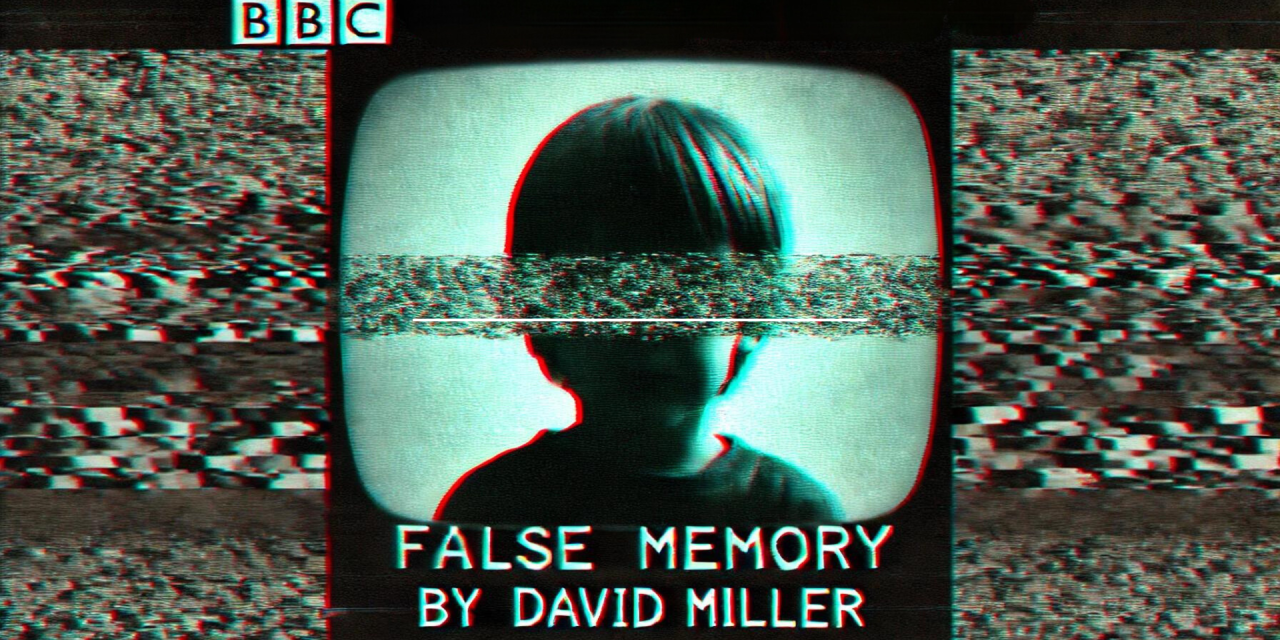

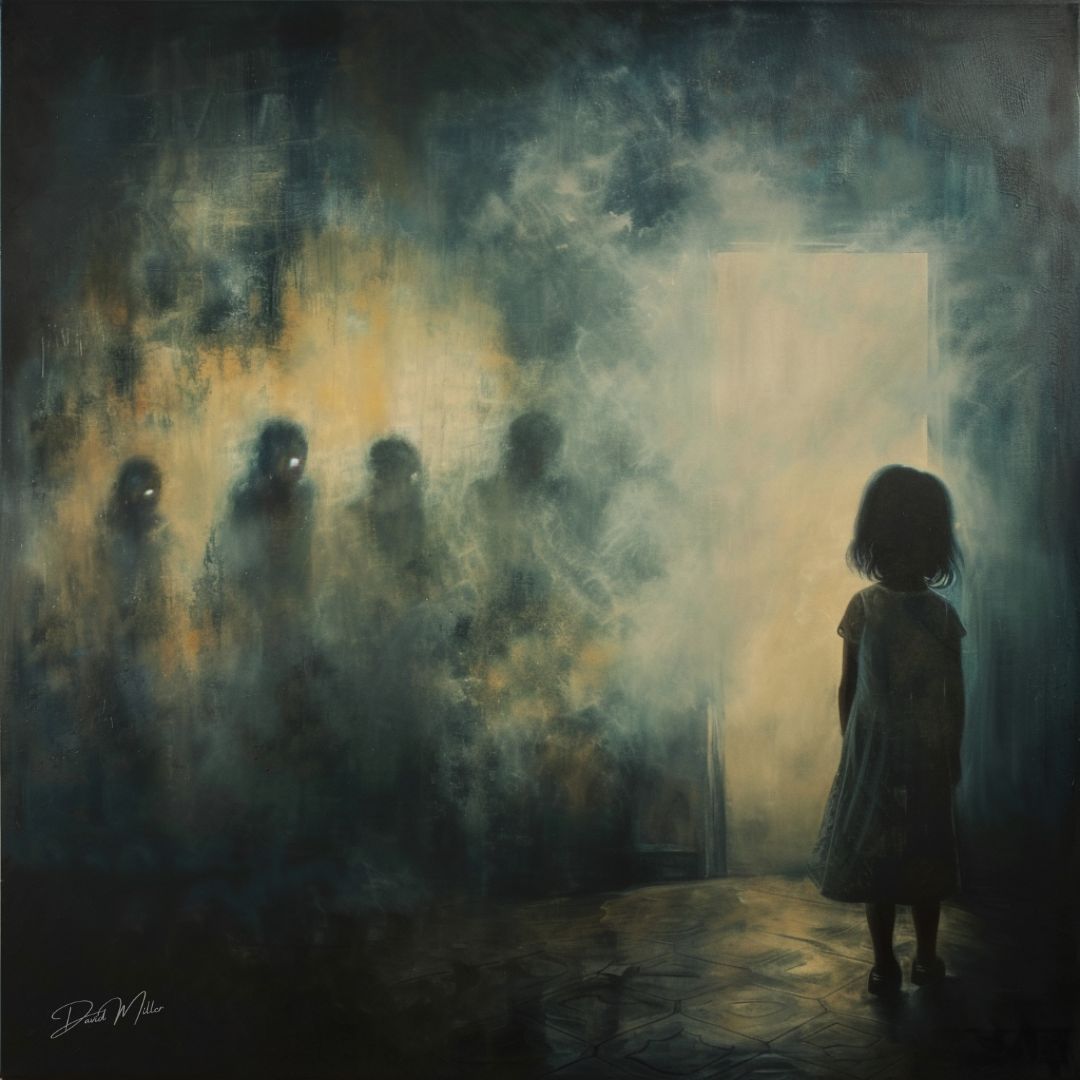
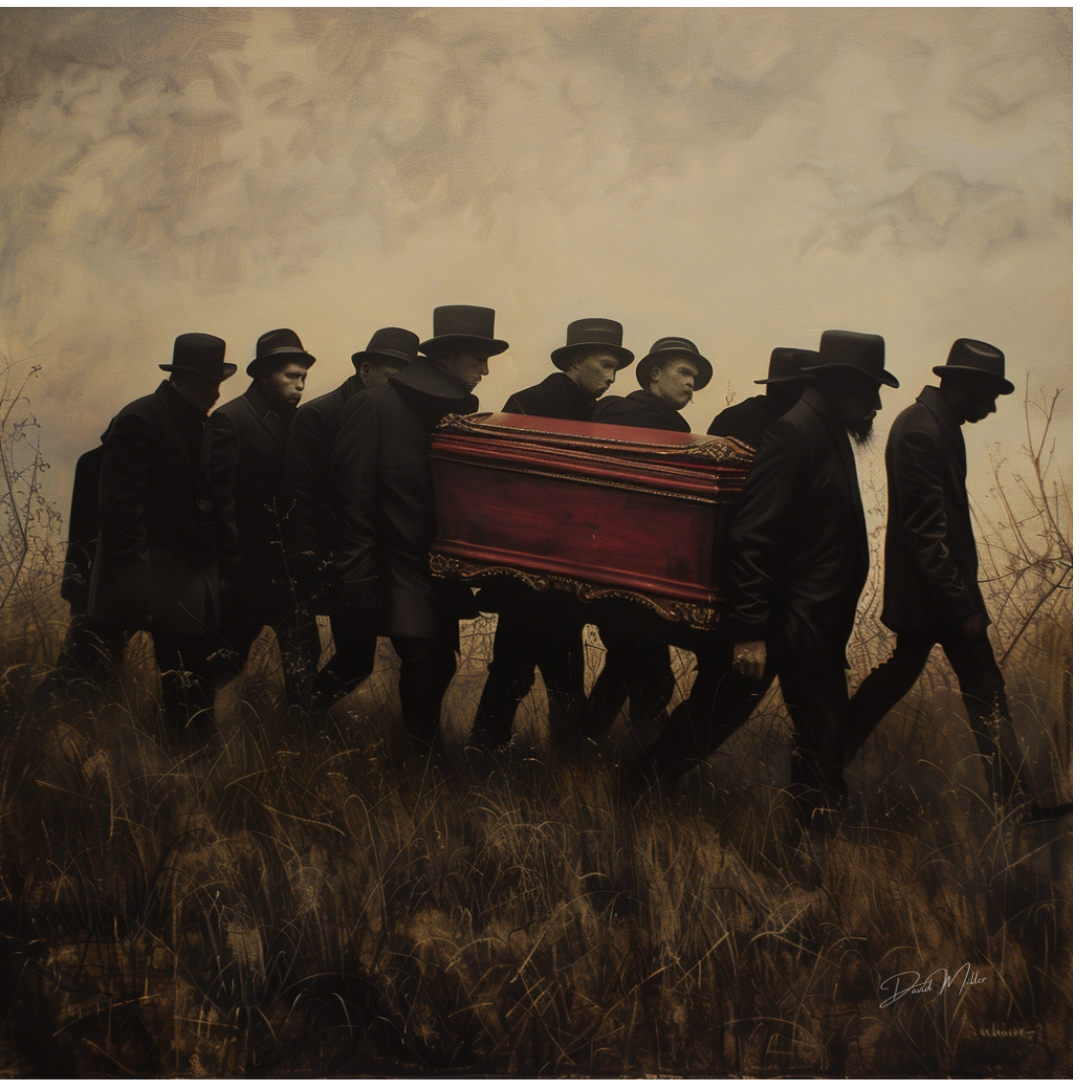
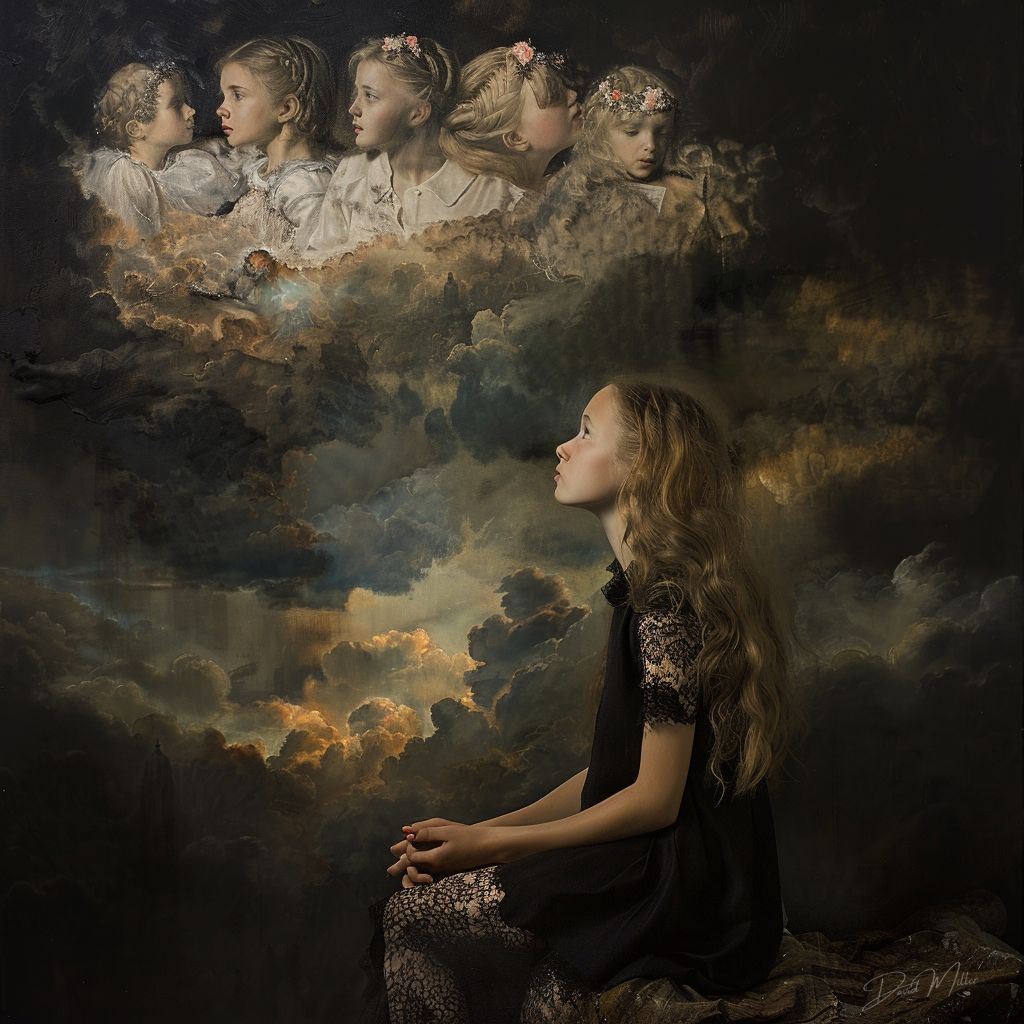

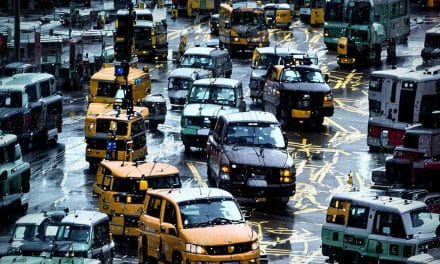
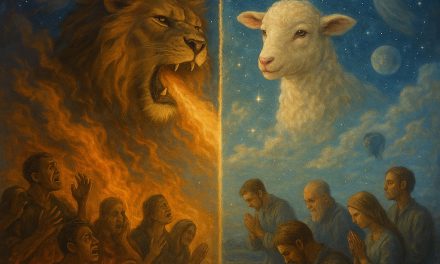




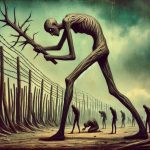



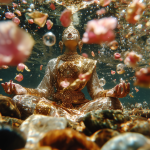
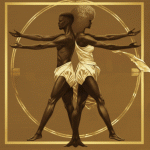
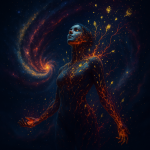
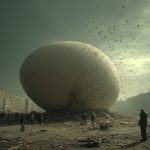

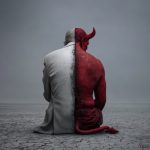
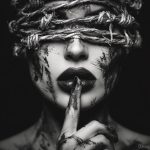


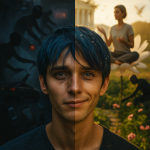
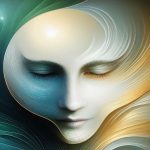
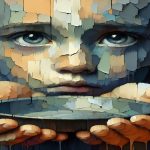

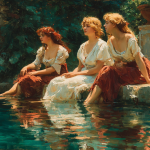
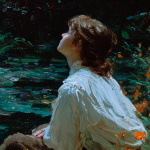
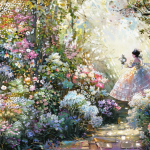
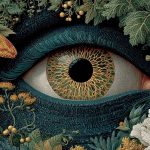
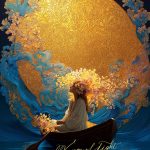
Comments